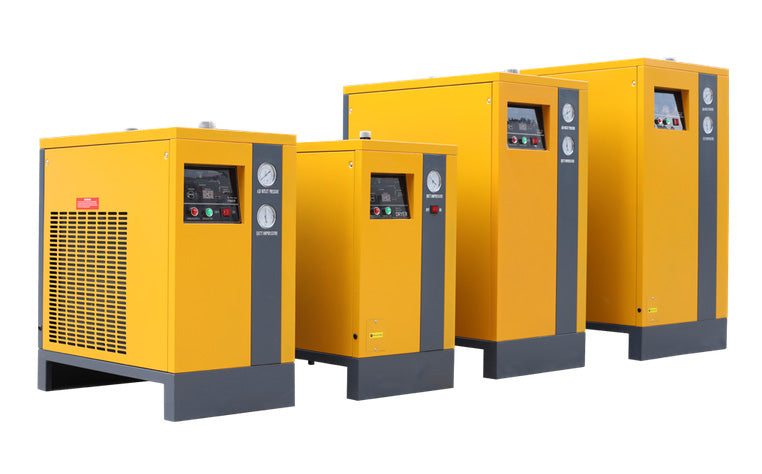In recent years, the need for more energy-efficient industrial operations has become increasingly important. To meet this demand, industries have begun to turn their attention toward air dryers as a potential solution.
Air dryers offer many advantages over traditional methods of drying, such as reduced energy consumption and improved operational efficiency. This article will examine the impact that air dryers can have on energy efficiency in industries, and explore how they are being used to reduce costs and improve performance.
By exploring both the positive and negative aspects of using air dryers, it is possible to gain a better understanding of their true potential when applied in an industrial setting.
Advantages of Utilizing Air Dryers in Industries
Air dryers are an essential part of many industries, making them more energy efficient and cost-effective. From automotive production lines to industrial laundries, air dryers are used to reduce moisture content and provide a safe and sterile environment for the products being produced or handled.
There are several advantages of utilizing air dryers in industries. Firstly, air drying is faster than other methods such as natural evaporation which can take days or even weeks to complete the process.
Secondly, it is much more energy efficient compared with other methods like heating that require large amounts of electricity and gas usage. Thirdly, it helps eliminate bacteria growth by providing a dust-free environment due to its low humidity levels which also increases productivity in the workplace as well as reducing costs associated with cleaning materials used in manufacturing processes.
Finally, using air drying techniques can help reduce wastage from water runoff caused by improper drainage systems in factories or workshops that handle liquids during production processes thereby increasing safety standards at worksites.
Challenges to Achieving Maximum Energy Efficiency with Air Dryers

Although air dryers offer several benefits in terms of energy efficiency, there are still certain challenges that must be addressed to achieve maximum energy savings. One such challenge is the cost associated with installing and maintaining such systems.
Air dryer systems may require significant upfront investments due to their complex design and specialized components. In addition, regular maintenance may also be necessary to ensure optimal performance over time.
Another issue is the fact that air drying technology is relatively new when compared to other solutions available on the market, which means that it can take some time before its full potential for energy savings is fully realized. This means companies need to weigh up factors such as investment costs versus expected returns when considering whether or not an air drying system would be suitable for their needs.
Finally, user behavior can have a major impact on how effective air dryers are at saving energy – if users do not use them correctly then they will not realize their maximum savings potential. Therefore, it is important for companies implementing these systems to provide adequate training and education about proper use so users understand how best to utilize them and maximize efficiency gains from doing so.
Best Practices for Optimizing Energy Efficiency with Air Dryers
When it comes to optimizing energy efficiency with air dryers, several best practices should be taken into account. First and foremost, industry leaders must ensure that all systems related to the air drying process (e.
g., fans and blowers) are in proper working order and running efficiently.
Additionally, ensuring optimal insulation of equipment can help reduce costs associated with operating an air dryer system by minimizing heat loss or gain. Another way to optimize energy efficiency is through regular maintenance checks on the components of the system such as filters and hoses.
Regularly replacing worn-out parts will help keep the system running at its peak performance while also reducing overall energy consumption from improper use or damage caused by dust buildup over time. Finally, using a timer control for your air drying system can be beneficial when it comes to conserving energy during periods of low demand or when the system is not in use for extended periods.
Timed controls allow users to set specific times for the machine’s operation which helps reduce unnecessary power usage throughout inactive hours without compromising production needs once active again. By following these simple steps companies can maximize their savings while still achieving desired results with their air drying systems – making them an even more attractive option than ever before!
Conclusion

Air dryers are becoming an increasingly popular choice for industries looking to improve their energy efficiency. They provide numerous advantages over traditional drying methods, including lower energy consumption and increased performance.
Air dryers have proven to be a valuable asset in the industrial sector by reducing costs while simultaneously improving air quality and safety standards. As technology continues to evolve, air dryers will become even more viable for businesses seeking improved energy efficiency.
With their growing popularity, it is clear that air dryers are an excellent option for those looking to reduce their environmental footprint while still maintaining high-quality production processes.


